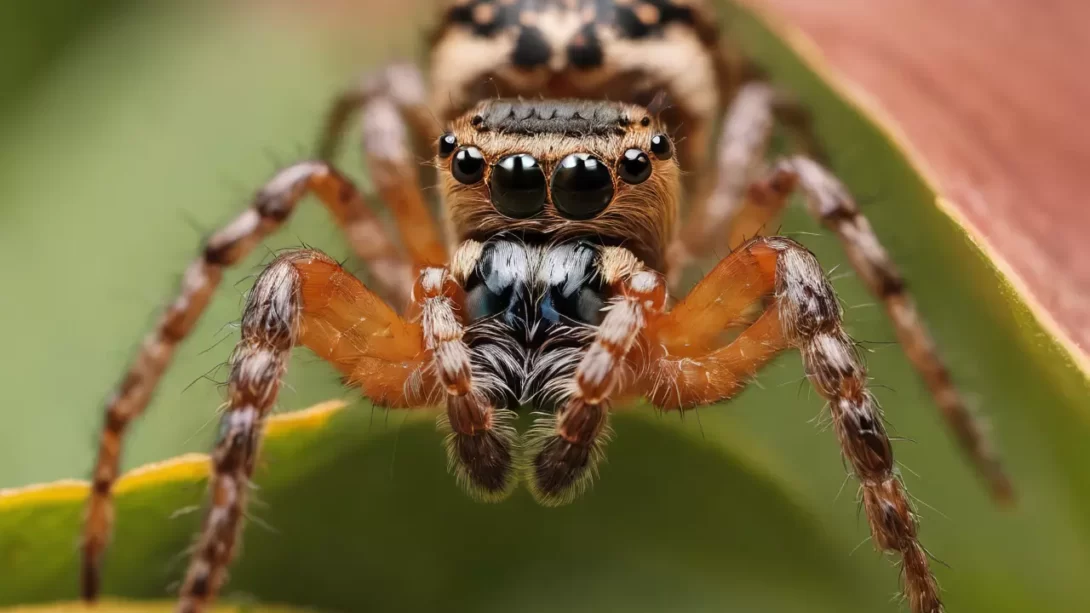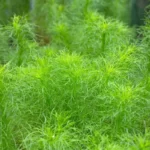Stink bugs, known for their distinctive odor and tendency to invade homes and gardens, are a common nuisance. As natural predators in various ecosystems, spiders are often considered when exploring biological control methods for such pests. This raises the question: do spiders prey on stink bugs? This article delves into the interaction between spiders and stink bugs, shedding light on their complex predator-prey relationship.
Stink Bugs
Stink bugs, part of the family Pentatomidae, are easily recognized by their shield-shaped bodies and the pungent odor they release as a defense mechanism. This odor, produced from glands located on their abdomen, is an effective deterrent against many predators. Stink bugs are herbivorous, feeding on a wide range of plants, and can cause significant damage to crops and ornamental plants. Their tendency to enter homes in large numbers for overwintering makes them a particular nuisance to homeowners.
Spiders: Natural Predators in the Ecosystem
Spiders are versatile predators found in almost every habitat on Earth. They play a crucial role in controlling insect populations, including various garden pests. Different spider species employ varied hunting strategies, from weaving webs to actively hunting or ambushing their prey. Spiders’ diets are diverse, typically consisting of insects and other arthropods, which raises the possibility that they might include stink bugs in their diet under certain conditions.
The Predator-Prey Relationship: Spiders and Stink Bugs
The interaction between spiders and stink bugs is a subject of interest in understanding ecological dynamics and natural pest control methods. Several factors influence a spider’s likelihood to prey on stink bugs, including the spider’s hunting method, the availability of other prey, and the stink bug’s life stage. Younger and smaller stink bugs might be more vulnerable to spider predation compared to the larger, adult stink bugs, which are better equipped with defensive mechanisms. The extent to which spiders prey on stink bugs can vary depending on the specific spider species and environmental conditions.
Challenges in Preying on Stink Bugs
The primary defense mechanism of stink bugs – their ability to release a foul-smelling chemical – poses a significant challenge for potential predators, including spiders. This odor is not only repulsive but can also act as a chemical warning to deter predators from attacking. Furthermore, the robust and shield-like body structure of adult stink bugs provides them with an additional layer of protection against spider predation. These factors make stink bugs less appealing and more difficult prey for many spider species, potentially influencing the dynamics of their interaction.
Observations and Studies on Spiders Eating Stink Bugs
Empirical observations and scientific studies offer varied insights into spiders preying on stink bugs. While there is anecdotal evidence of spiders capturing and consuming stink bugs, comprehensive studies on this specific interaction are limited. Research on the subject often highlights the complexity of predator-prey relationships in natural ecosystems. Some studies suggest that certain spider species may adapt their hunting strategies or develop a tolerance to the chemical defenses of stink bugs, enabling them to utilize them as a food source.
Implications for Natural Pest Control
The potential of spiders as biological control agents for managing stink bug populations is an area of interest for both gardeners and agricultural professionals. If spiders are effective predators of stink bugs, encouraging their presence in gardens and farms could be a natural and environmentally friendly method of pest control. This approach, however, requires a balanced understanding of the ecosystem, as increasing spider populations might have other unintended ecological impacts. Moreover, the effectiveness of spiders in controlling stink bug populations would largely depend on the specific spider and stink bug species involved, as well as the environmental conditions.
Enhancing Spider Populations for Natural Pest Control
For those considering the use of spiders as a natural method to control stink bugs, there are ways to make gardens and farms more spider-friendly. This includes reducing the use of pesticides, which can harm spiders, and creating habitats that are conducive to spider activity, such as leaving some areas of the garden undisturbed with natural cover. Planting a variety of flora can attract a range of insects, which in turn can support a healthy spider population. Providing such an environment encourages the natural predatory role of spiders in controlling not only stink bugs but also other garden pests.
Considerations for Using Spiders in Pest Management
While utilizing spiders for pest control is an eco-friendly approach, it’s important to have realistic expectations. Spiders alone might not be able to significantly reduce a large stink bug population, especially if the stink bugs have well-established colonies. Also, encouraging spiders in residential areas should be done with consideration for the comfort and safety of the inhabitants, particularly in homes with arachnophobic individuals or small children.
Conclusion
In summary, while spiders can and do prey on stink bugs, their effectiveness as a biological control agent for these pests may vary. The stink bugs’ defensive mechanisms and the specific ecological dynamics at play can influence this predator-prey relationship. Encouraging a diverse ecosystem in your garden or farm, which includes spiders, can contribute to natural pest control strategies. However, it’s important to consider this as part of a broader integrated pest management approach. Understanding and respecting the complexity of nature’s food webs allows for more effective and sustainable gardening and farming practices.



